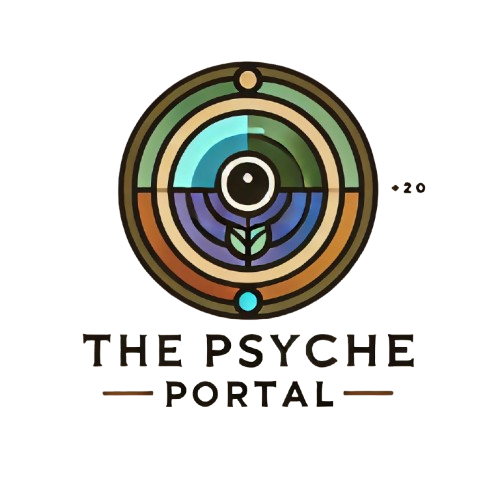Introduction to LSD
Lysergic acid diethylamide, or LSD, is one of the most famous psychedelics in modern history. Since its discovery in 1938 and popularization in the 1960s counterculture, LSD has remained well-known for its mind-altering effects, creative inspiration, and potential therapeutic benefits. Today, LSD is often available in “tabs” or blotter paper, and it continues to attract users interested in exploring altered states of consciousness. In this post, we’ll cover everything you need to know about LSD tabs, including dosage, effects, safe use guidelines, and potential risks.
How LSD Works and What to Expect
LSD works by interacting with the brain’s serotonin receptors, particularly the 5-HT2A receptor. This interaction changes the way we perceive reality, enhancing sensory experiences, thoughts, and emotions. The effects of LSD can be profound and unpredictable, with experiences that may range from euphoric and enlightening to introspective or even overwhelming. Some common effects include:
- Enhanced Sensory Perception: Colors may appear brighter, sounds sharper, and textures richer.
- Altered Sense of Time and Space: Many users report a feeling of time slowing down or becoming less relevant.
- Intense Emotional Reactions: Emotions may feel amplified, from joy and awe to anxiety and introspection.
- Increased Creativity and Insight: LSD is often associated with enhanced creative thinking and problem-solving abilities.
Different Types of LSD Products
LSD is most commonly available in the form of tabs or blotter paper, but it can also come in other formats:
- LSD Tabs: Small pieces of blotter paper that are pre-dosed with LSD, making them easy to dose and consume.
- Liquid LSD: Often stored in small vials, liquid LSD can be dropped onto tabs or sugar cubes for ingestion. It requires careful dosing due to its high potency.
- Microdosing Kits: Microdosing, the practice of taking very small doses of LSD, is popular for enhancing mood, creativity, and focus without full psychedelic effects. Some companies offer specialized kits to assist with precise microdosing.
Guidelines for Safe LSD Usage
Given LSD’s potency, responsible use is essential to ensure a safe and positive experience. Here are some guidelines:
- Dosage Control: LSD is typically measured in micrograms (µg), with a common tab containing between 50 and 150 µg. If you’re new to LSD, start with a low dose (50-75 µg) to gauge how your body responds.
- Mindset and Setting: Prepare for your experience by choosing a comfortable, familiar environment where you feel safe. Your mindset going into the experience also plays a crucial role, so ensure you’re in a positive, open frame of mind.
- Consider a Trip Sitter: A trusted friend or “trip sitter” can provide support and reassurance, especially if you’re new to LSD or are exploring a higher dose.
Microdosing with LSD
In recent years, microdosing LSD has gained popularity as a tool for personal and professional growth. A microdose, typically around 10-20 µg, is a sub-perceptual dose that doesn’t produce a full psychedelic experience but may offer subtle benefits such as enhanced mood, focus, and creativity. Microdosing is often done on a schedule, such as every three days, to maintain the benefits without building tolerance. For those interested in this practice, microdosing kits or careful measurement tools are essential for accuracy.
Potential Risks and Precautions
While LSD is not physically addictive, it can be psychologically intense. Here are some potential risks and considerations:
- Risk of Anxiety or Panic: LSD can sometimes amplify difficult emotions, leading to anxiety or fear, particularly if you’re in an unstable mental state.
- Potential for “Bad Trips”: A “bad trip” can be an unpleasant experience that may include anxiety, paranoia, or challenging thoughts. A safe setting and a sober companion can help manage these situations.
- Interactions with Mental Health: If you have a history of mental health conditions, especially mood disorders, LSD may not be suitable. Always consult with a mental health professional if you’re unsure.
Conclusion
LSD tabs offer a powerful way to explore consciousness, creativity, and even personal growth, but they require careful preparation and respect for their potency. Whether you’re interested in microdosing for enhanced focus or looking for a full psychedelic experience, starting with a low dose, choosing a safe environment, and knowing your personal limits can help ensure a safe and rewarding journey. Approach LSD with mindfulness, curiosity, and responsibility to unlock its full potential safely.

